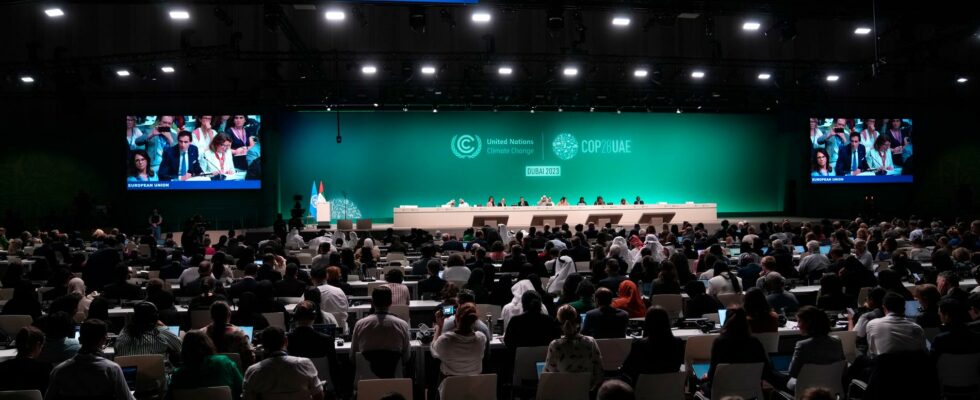unsaveSave
expand-left
full screen Last year, the UN climate conference was held in Dubai. This year, Baku in Azerbaijan is hosting. Archive image. Photo: Kamran Jebreili/AP/TT
Animals and plants disappearing, farmland turning into desert and plastic getting in everywhere. This, together with climate change, is what this autumn’s four most important environmental meetings are about.
– The focus is now on accelerating the implementation of the goals decided on, says Maria Schultz at the World Wildlife Fund WWF.
In the next few months, the UN is holding no less than four giant meetings dealing with the threats to the planet.
.
22 October – 1 November:
The first COP of the autumn – Conference of the parties – is held in Cali in South American Colombia. The meeting is held every two years and is about promoting collaborations to protect animal and plant life. This year, during COP16, the countries present their plans for how 30 percent of the planet’s surface will be protected until the year 2030.
– But there are many countries that are dragging their feet, and Sweden is one of them. An important part in Cali is to simply make sure that you live up to what you have actually decided on, says Karin Lexén, secretary general of the Nature Conservation Association.
.
November 11 – November 22:
This autumn’s second COP, the year’s most important in global climate policy, is being held this year in the oil and gas export-dependent ex-Soviet Republic of Azerbaijan. During COP29, the hopes are an agreement on how money from rich countries with large emissions should support poor, vulnerable countries.
– But can call it a finance COP, says Lexén.
.
December 2 – December 13:
Perhaps the least profiled COP meeting is held in Saudi Arabia and is about how fertile agricultural land turns into desert. Drought and overgrazing can be contributing factors and the discussions should be about how to restore land areas until 2030.
.
November 25 – December 1:
Around 175 countries agreed in 2022 to speed up negotiations on a global agreement to reduce plastic emissions. At the end of November, the last round of negotiations begins in South Korea. Some countries want to see restrictions on how much can be manufactured, while others – above all oil and gas producing countries that create the raw materials for the plastic – rather want to focus on recycling.
– What we are hoping for is a globally legally binding decision with the phasing out of problematic plastic products and with requirements for product design, circular targets for recycling and reuse – simply remove plastic from nature, says Maria Schultz, Deputy Secretary General at WWF Sweden.
FACT Why multiple COPs?
At the UN’s Rio conference in 1992, the countries of the world gathered to discuss climate change, biological diversity and desertification. It was the starting point for the various COP meetings.
COP stands for “Conference of the Parties” and is the highest decision-making body. The climate conference (held between the parties to the climate convention UNFCCC) takes place every year, unless the members decide otherwise. The first was held in Berlin in 1995.
The first Biodiversity Conference (Bio-COP) was held in the Bahamas in 1994. It is normally held every two years.
The UNCCD meeting on desertification was first held in Rome and is also usually held every two years.
Read more
